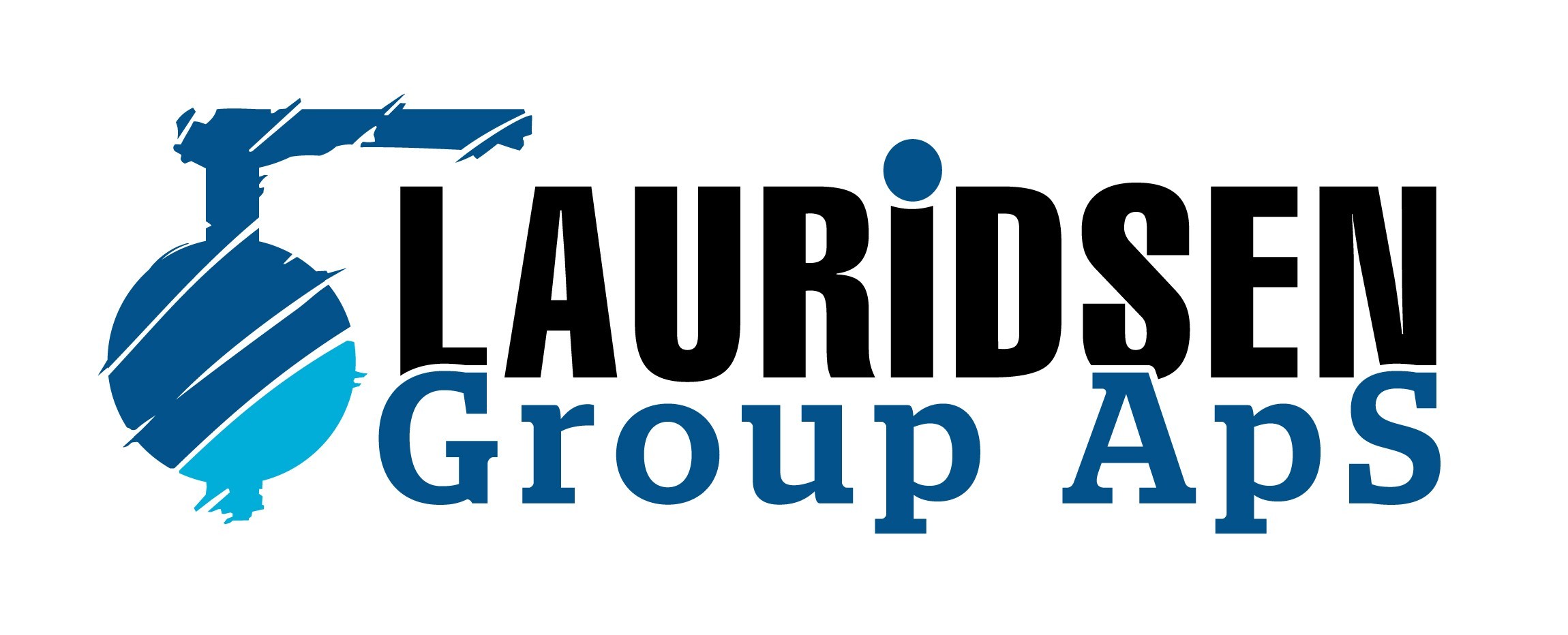
No products
Product successfully added to your shopping cart
There are 0 items in your cart. There is 1 item in your cart.
-
 Always fair prices
Always fair prices
-
 Quick delivery and response time
Quick delivery and response time
-
 Standard price on special products
Standard price on special products
-
 Always fair prices
Always fair prices
-
 Quick delivery and response time
Quick delivery and response time
-
 Standard price on special products
Standard price on special products
-
Industry
-
Valves for industry
- Concentric butterfly valves
- Butterfly valves with limit switch box
- Double offset butterfly valves
- Knife gate valves
- Gate valves
- Float valves
- Needle valves
- Globe valves
- Forged valves
- Cast steel valves
- Check valves
- Y-strainers
- Expansion joints
- Rubber-metal pipe connector
- Water supply & distribution network fittings
- Repair clamps
- Tapping bridges
- Flanges
- Kugleventil
- Actuated valves
- Plastic valves & fittings
- Valves for building
- Connections
-
Heating
- Radiator equipment
- Heating floor components
- Circulators
- safety valves
- Air vents & separators
- Expansion tanks
- Manometers
- Thermometers
- Aquastats
- Thermostats
- Solid fuel boiler equipment
- Regulation
- Renewable energy tanks
- Solar heating equipment
- Industrial building heating
- Ventilation - Commercial use
- Self-regulating heating cable
- Plumbing
- Faucets
- Pumps & Garden
-
Valves for industry
- Water and wastewater
- Marine Valve
- District Heating
- Sanitary valve
- GUIDI
- Spa udstyr og dele
- ProLan
- Damper valve
Dual Filter
As the marketplace becomes increasingly competitive, more emphasis has been placed on reducing plant downtime and maintenance. In steam and condensate systems, damage to plant is frequently caused by pipeline debris such as scale, rust, jointing compound, weld metal and other solids, which may find their way into the pipeline system. Strainers are devices which arrest these solids in flowing liquids or gases, and protect equipment from their harmful effects, thus reducing downtime and maintenance. A strainer should be fitted upstream of every steam trap, flowmeter and control valve.
Strainers can be classified into two main types according to their body configuration; namely the Y-type and the basket type.
Y-type Strainers
For steam, a Y-type strainer is the usual standard and is almost universally used. Its body has a compact cylindrical shape that is very strong and can handle high pressures. It is literally a pressure vessel, and it is not uncommon for Y-type strainers to be able to handle pressures of up to 400 bar g. The use of strainers at these pressures is however complicated by the high temperatures associated with steam at this pressure; and subsequently exotic materials such as chrome molybdenum steel have to be used.
Although there are exceptions, size for size, Y-type strainers have a lower dirt holding capacity than basket strainers, which means that they require more frequent cleaning. On steam systems, this is generally not a problem, except where high levels of rust are present, or immediately after commissioning when large amounts of debris can be introduced. On applications where significant amounts of debris are expected, a blowdown valve can usually be fitted in the strainer cap, which enables the strainer to use the pressure of the steam to be cleaned, and without having to shut down the plant.
Y-type strainers in horizontal steam or gas lines should be installed so that the pocket is in the horizontal plane This stops water collecting in the pocket, helping to prevent water droplets being carried over, which can cause erosion and affect heat transfer processes.
On liquid systems however, the pocket should point vertically downwards this ensures that the removed debris is not drawn back into the upstream pipework during low flow conditions.
Although it is advisable to install strainers in horizontal lines, this is not always possible, and they can be installed in vertical pipelines if the flow is downwards, in which case the debris is naturally directed into the pocket Installation is not possible with upward flow, as the strainer would have to be installed with the opening of the pocket pointing downwards and the debris would fall back down the pipe.
Straight and angle type strainers
In addition to Y-type strainers, several different body configurations are used in steam systems, namely straight and angle type strainers. These are shown in These types of strainer function in a similar way to the Y-type strainer and have similar performance. They are used when the geometry of the steam pipework does not suit a Y-type strainer being used.



